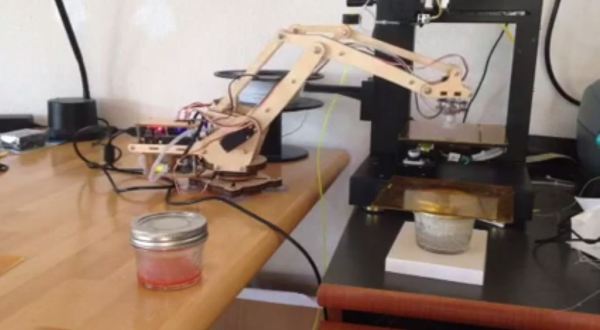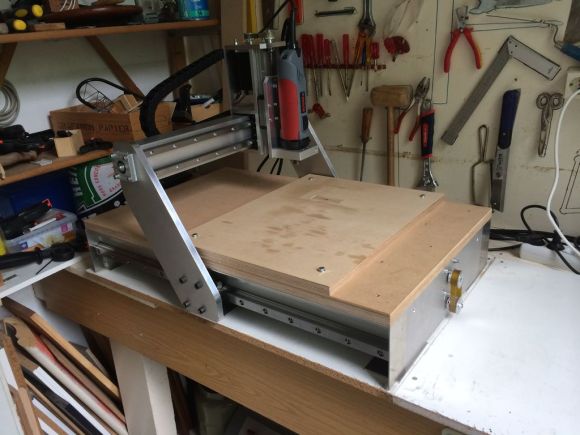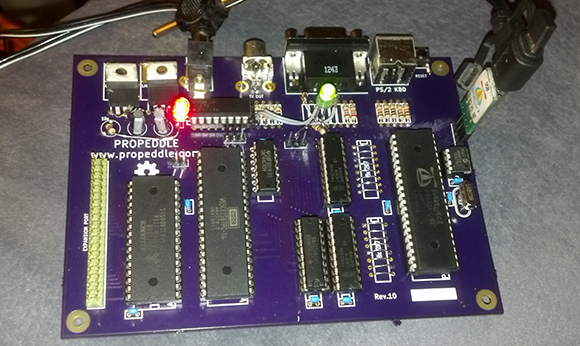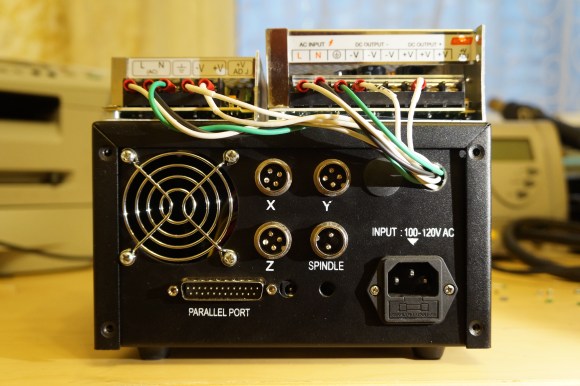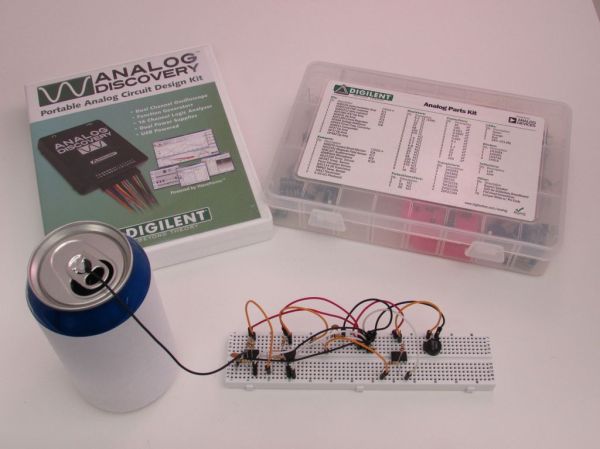[Florian] has been hard at work creating this automated setup to queue jobs for his 3D printer in order for it to run while he’s not around. It’s not quite finished but the concept is there and he’s started doing some tests!
He’s using the uArm, which was a highly successful kickstarter earlier this year — it’s an Arduino-compatible microcontroller driven 4-axis parallel-mechanism robot arm, based off of the industrial ABB PalletPack robot.
As soon as he got all the parts he setup a quick test to replace the build platforms using the uArm.
Continue reading “Automated Home Manufacturing Combining 3D Printing With Robotics”

